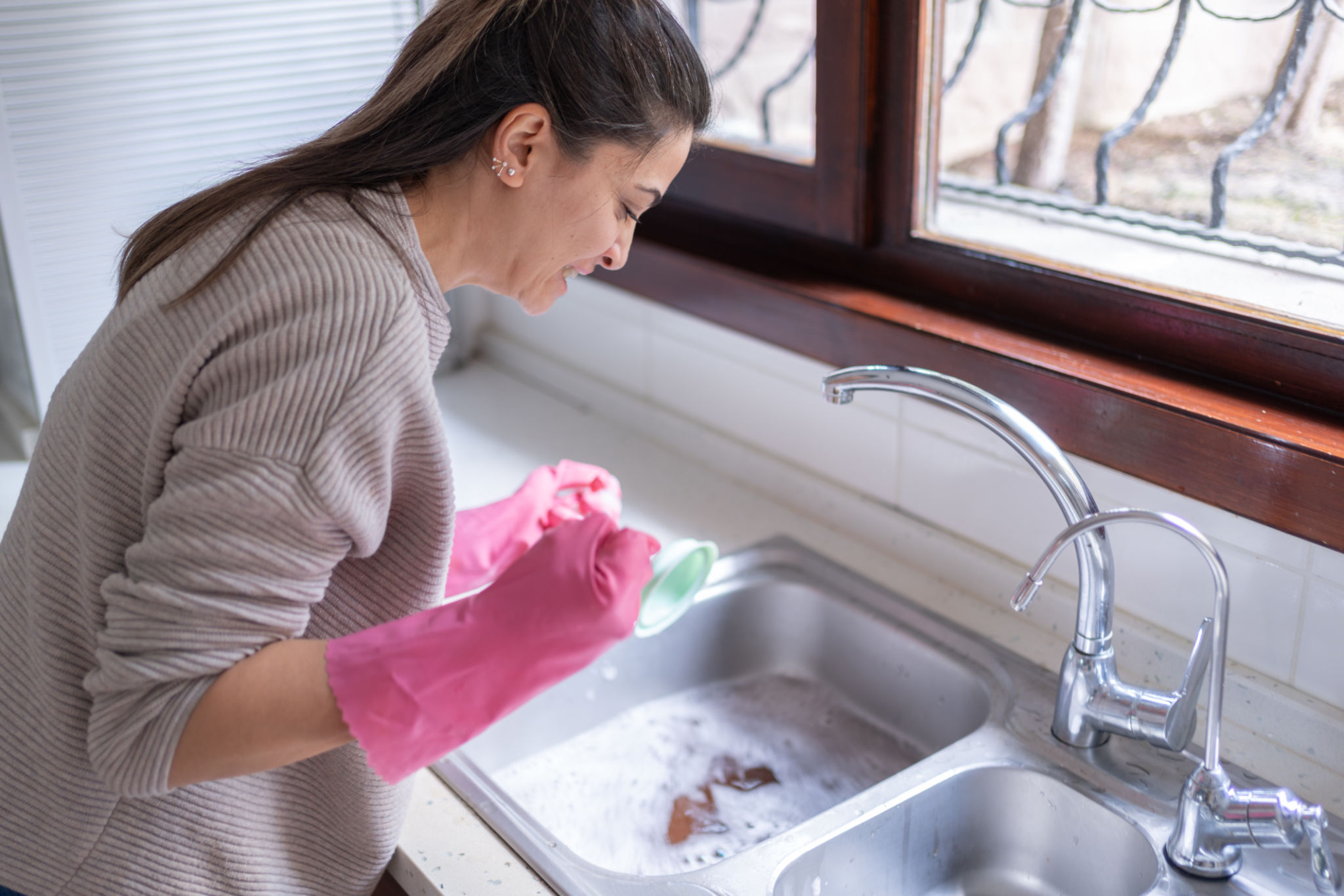DIY Tips for Basic Facility Repairs and Maintenance
Understanding Basic Facility Repairs
Facility maintenance is crucial for any property owner or manager. Regular upkeep not only ensures safety but also extends the lifespan of the building. Learning some DIY tips can save you time and money on basic repairs. Here, we'll explore some fundamental maintenance tasks that you can handle yourself.
Before diving into repairs, it's essential to have a basic toolkit ready. Some of the must-have tools include a hammer, screwdrivers, pliers, a tape measure, and a utility knife. These tools will help you tackle most minor repairs without needing professional assistance.

Fixing Leaky Faucets
A dripping faucet is not only annoying but can also lead to higher water bills. Fortunately, fixing it is often a simple task. Start by turning off the water supply. Most leaks are caused by worn-out washers or seals. By replacing these small parts, you can stop the drip and save on water costs.
To replace a washer, you'll need to disassemble the faucet. Make sure to note the order of the pieces as you take them apart. Then, replace the old washer with a new one of the same size and reassemble the faucet. Turn the water back on to ensure your repair was successful.
Dealing with Clogged Drains
Clogged drains are a common issue in kitchens and bathrooms. Before calling a plumber, try using a plunger or a drain snake to clear the blockage. These tools are effective at removing most minor clogs and can prevent more significant plumbing issues.

If these methods don't work, consider using a chemical drain cleaner. However, use these products sparingly, as they can damage pipes over time. Regular maintenance, like using a drain cover, can prevent clogs from forming in the first place.
Repairing Holes in Walls
Whether it's small nail holes or larger damage, repairing walls is a straightforward project. For small holes, apply a patching compound with a putty knife. Let it dry before sanding it smooth and repainting the surface.
Larger holes may require a patch kit that includes mesh and compound. Cut the mesh to fit over the hole, apply compound over it, and smooth it out. Once dry, sand and paint for a seamless finish.

Maintaining HVAC Systems
Your heating, ventilation, and air conditioning (HVAC) system needs regular maintenance to function efficiently. Change or clean filters every 1-3 months to ensure good air quality and system efficiency. This simple task can prevent more costly repairs down the line.
Additionally, keep the external units free of debris and vegetation. Ensure that there is at least two feet of clearance around the unit for optimal airflow and performance.
